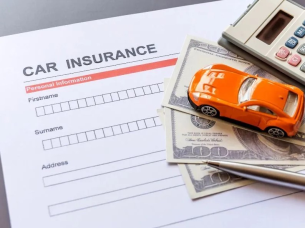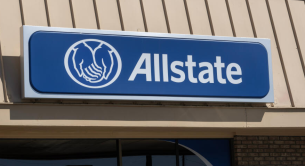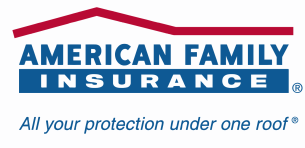Recent data from Consumer Reports reveals that a majority of U.S. drivers saw an increase in their car insurance premiums last year, with some experiencing hikes of over $200 annually. The findings, based on a survey of 40,566 car owners, highlight a significant rise in insurance rates between 2023 and 2024.
Car Insurance Rate Increases: Key Findings
According to the survey, 60% of participants reported paying more for their car insurance in the past year. Among the most notable results, three insurance companies — Erie, NJM, and Hanover — were less likely to raise premiums upon renewal.
-
Erie Insurance: Only 37% of Erie customers experienced an increase.
-
NJM Insurance: 43% of NJM policyholders saw a price hike.
-
Hanover Insurance: 52% of Hanover users faced higher premiums.
In contrast, some insurers saw steep increases in prices:
-
PEMCO: A staggering 91% of PEMCO customers reported an increase, with 53% of those facing a rise of $200 or more.
-
Cincinnati Insurance: 80% of customers experienced higher premiums.
Among the major insurance providers, State Farm — the largest in the U.S. — had 62% of its policyholders report an increase, with 20% of them seeing an uptick of $200 or more.
Why Car Insurance Prices Vary So Much
The dramatic variation in premium increases across different companies highlights the importance of comparing insurance rates. Martin Lachter, head of research at Consumer Reports, emphasizes the significance of shopping around to avoid overpaying for car insurance.
Lachter also pointed out that 30% of survey respondents had switched insurers within the past five years, saving a median of $461 annually in the process. Consumers who opted for insurers rated highly for fair pricing, clear terms, easy agent access, and efficient claims processes were less likely to experience significant rate hikes.
How to Save on Car Insurance: Tips and Strategies
-
Compare Car Insurance Quotes
The most effective way to lower your car insurance bill is by obtaining quotes from multiple insurance companies. Be sure to compare coverage limits, options, and deductibles to ensure you're making an apples-to-apples comparison. -
Take Advantage of Discounts
Many insurance companies offer discounts for paying your premium in full at the start of your six-month or annual term. Setting up automated payments via bank account or credit card could also lead to savings, typically between 5% and 15%. -
Improve Your Credit Score
Insurers in most states use your credit history to determine premiums. A higher credit score can lead to lower rates. Simple actions like paying bills on time, checking for errors on your credit report, and managing existing debt can make a significant difference in your premium. -
Increase Your Deductible
Raising your deductible is another effective way to reduce your monthly premiums. For example, increasing your collision and comprehensive deductible from $200 to $500 could lower your rates by up to 30%. If you bump it up to $1,000, you could save 40% or more. Just be sure you're prepared to cover the increased deductible amount in the event of a claim.
Conclusion
Car insurance rates are rising, but there are several strategies to help mitigate the cost. By comparing rates, taking advantage of discounts, improving your credit score, and adjusting your deductible, you can potentially save hundreds on your annual premium. Always shop around to find the best deal, and don't hesitate to switch insurers if it means better coverage at a lower price.
By following these tips, you can ensure that you’re not overpaying for car insurance while still maintaining the coverage you need.





















